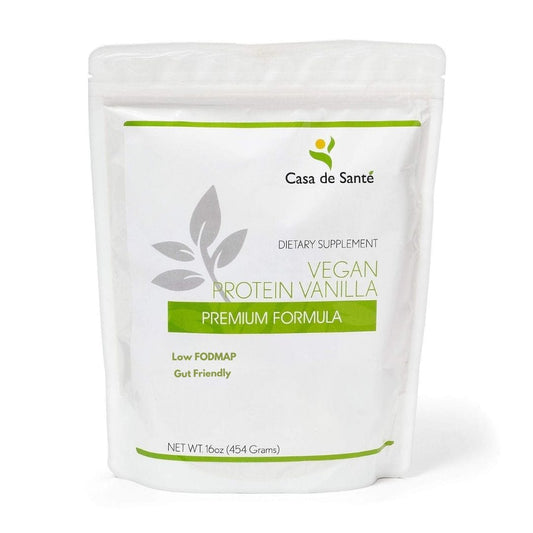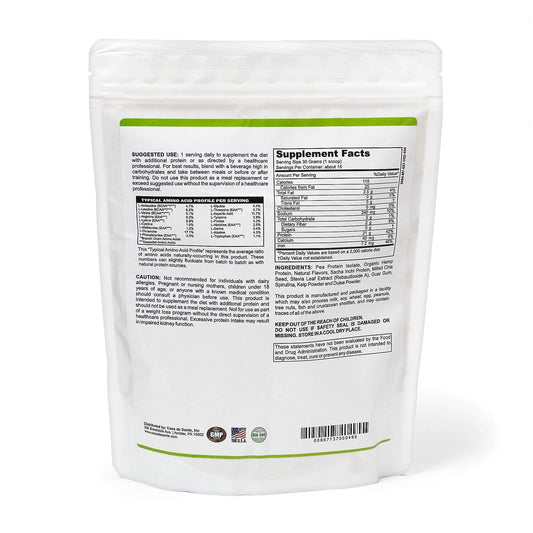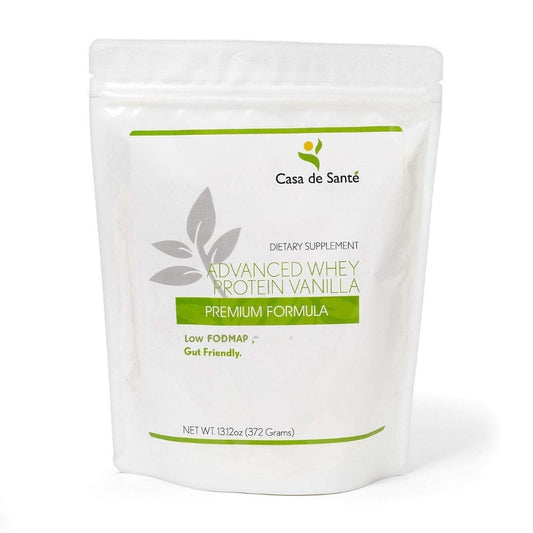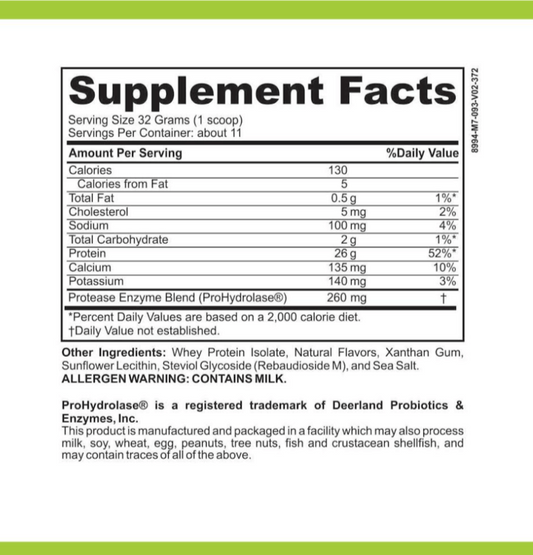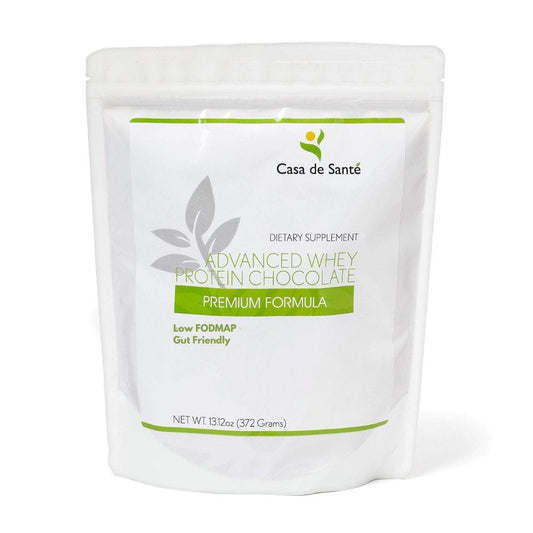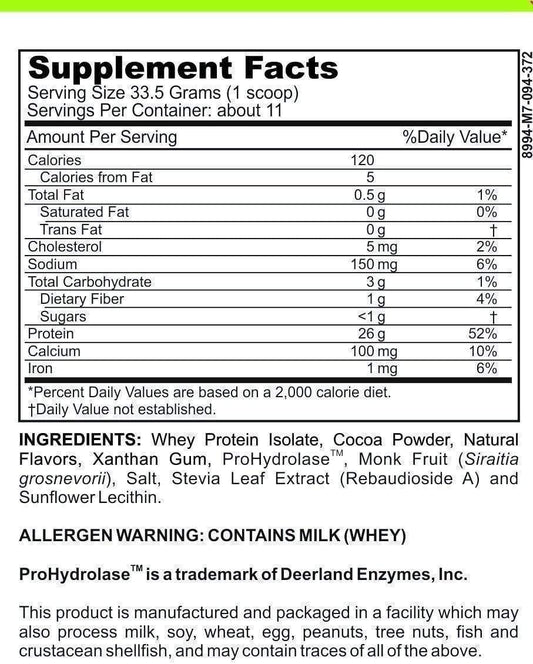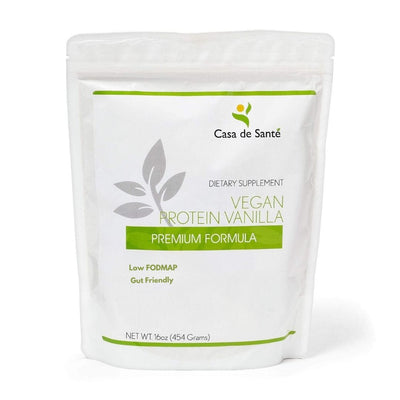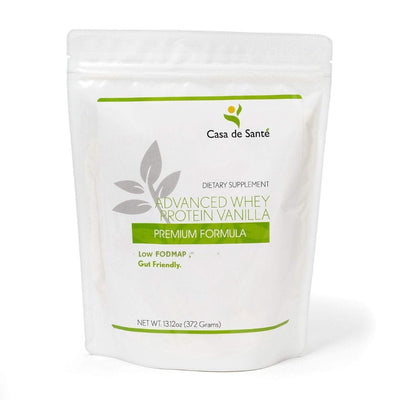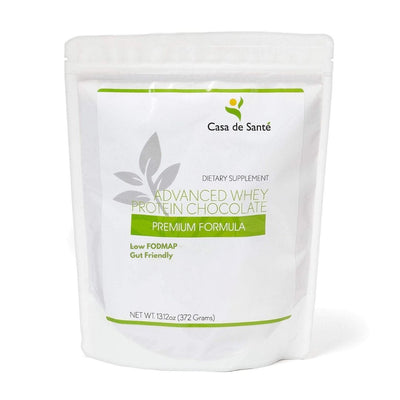Can You Use Glycolic Acid Every Day? How Often to Use Glycolic Acid for Healthy Skin
When it comes to glowing skin, exfoliating acids like glycolic acid have become a staple in many routines. I know how tempting it is to reach for that bottle every night, especially when you start seeing smoother, brighter skin after just a few uses.
But can you really use glycolic acid every day? The answer isn’t as simple as yes or no. It depends on your skin type, the strength of the formula, and how your skin reacts over time. I’ll break down what you need to know before making glycolic acid a daily habit, so your skin stays healthy and radiant.
What Is The Ordinary Glycolic Acid?
Glycolic acid belongs to the alpha hydroxy acid (AHA) family, a group of water-soluble chemical exfoliants. I recognize glycolic acid by its small molecular size, which allows deeper penetration into the skin compared to larger AHAs like lactic acid. Concentrations usually range from 5% to 10% for leave-on solutions. Example uses include exfoliating toners, serums, and peel pads.
Glycolic acid accelerates skin cell turnover by dissolving bonds between dead surface skin cells. Clinical studies show this action improves texture, minimizes visible pores, and helps even skin tone (source: Journal of the American Academy of Dermatology, 2013). I identify added benefits of glycolic acid, such as stimulating collagen production, contributing to firmer skin with regular use.
Skincare products containing glycolic acid often cause temporary tingling, especially on sensitive complexions. Because it's powerful, I always watch for ingredients paired with glycolic acid, such as hydrating agents or calming ingredients to reduce irritation.
How Glycolic Acid Works On Skin
Glycolic acid acts as a chemical exfoliant from the alpha hydroxy acid group. I see that it loosens the bonds between dead skin cells, allowing them to shed more quickly and reveal a brighter surface underneath.
Benefits Of Glycolic Acid
- Smoother texture: I notice that glycolic acid helps smooth rough patches by increasing cell turnover.
- Brighter tone: I find that consistent use leads to more even skin color and reduced dullness.
- Minimized pores: I observe a reduction in visible pores due to debris and oil removal.
- Increased firmness: Studies show glycolic acid promotes collagen synthesis, resulting in firmer skin with long-term use.
- Enhanced absorption: I experience better penetration of serums and moisturizers because glycolic acid clears dead skin on the surface.
Potential Side Effects And Risks
- Irritation: I may feel tingling, redness, or a burning sensation, especially at higher concentrations above 10%.
- Dryness: I sometimes experience dryness or flaking as dead cells are shed more rapidly.
- Sensitivity: My skin’s barrier function temporarily becomes weaker, increasing sensitivity to sunlight and environmental factors.
- Risk of post-inflammatory hyperpigmentation: I see that improper use, particularly on medium to dark skin tones, can result in uneven pigmentation.
- Increased sunburn risk: I’m at higher risk for sun damage, as glycolic acid lowers the skin’s natural UV protection.
Can You Use The Ordinary Glycolic Acid Everyday?
Daily application of glycolic acid offers rapid skin renewal, but use varies based on skin condition and product concentration. Evidence shows overuse of alpha hydroxy acids like glycolic acid increases irritation and skin barrier disruption.
Recommended Frequency Of Use
Dermatology sources recommend using leave-on glycolic acid products 2 to 3 times weekly for most skin types, when concentrations fall between 5% to 10% (DermNet NZ, 2023). Oily or resilient skin types can tolerate slightly more frequent use, while sensitive or dry skin types benefit from less frequent applications. Gradual introduction—starting at once weekly—helps ensure skin adapts.
Factors To Consider Before Daily Use
Skin characteristics, product strength, and environmental triggers guide daily use potential. If my skin is already dry, irritated, or has recently undergone spa treatments like waxing or microdermabrasion, I limit exfoliating acid use to prevent further barrier breakdown. I also check the full product ingredient list for additional exfoliants like salicylic acid or retinol, as layering these compounds increases irritation risks. Higher concentrations or low skin tolerance reduce the chance for safe daily use.
Signs You Should Reduce Usage
Increased redness, persistent stinging, patchy dryness, or flaking all indicate my frequency should decrease. These symptoms suggest my skin barrier has weakened, so reducing usage or switching to gentler exfoliation intervals prevents lasting damage. Post-inflammatory hyperpigmentation or heightened sun sensitivity are further red flags confirmed in dermatology literature (AAD, 2023).
Tips For Safe Application Of Glycolic Acid
I apply glycolic acid on clean, dry skin to maximize absorption and reduce the risk of unexpected irritation. I pat my skin dry after cleansing since damp skin increases acid penetration, which may amplify irritation.
I start with a low concentration, like a 5% AHA toner or serum, allowing my skin to build tolerance. I monitor my skin’s response for several days before increasing frequency or strength. I avoid applying other exfoliating acids or retinoids in the same routine to minimize barrier disruption. I select gentle moisturizers and hydrating serums with ingredients like hyaluronic acid or ceramides to reinforce my skin barrier.
I layer a broad-spectrum sunscreen with SPF 30 or higher every morning because glycolic acid makes skin more photosensitive. I reapply sunscreen every 2 hours if exposed to direct sunlight, particularly following a recent glycolic acid application.
I patch test glycolic acid on a small area, such as behind my ear or along my jawline, observing it for 24 hours for signs of burning, redness, or hives before applying it to my entire face. I rinse the product off immediately if I notice stinging that lasts longer than a few minutes or severe irritation.
I check my skin for flaking, peeling, or red blotches after each use, reducing application frequency if I notice any of these signs. I space out active ingredients, using glycolic acid on alternate days or after my skin calms, to support ongoing skin health and prevent over-exfoliation.
Alternatives To Daily Use
I use several alternatives when daily glycolic acid exfoliation isn't ideal for my skin's needs or sensitivity levels. Each option provides gentle resurfacing or supports skin renewal using different mechanisms or actives.
- Lower Frequency Application
I limit glycolic acid to 2 or 3 times per week instead of daily. This approach minimizes irritation while still promoting cell turnover according to clinical reviews (Dermatologic Therapy, 2022).
- Gentle Polyhydroxy Acids (PHAs)
I reach for polyhydroxy acids like gluconolactone or lactobionic acid. These gentler molecule classes work on the skin's surface with less stinging and reduced risk of dryness, making them suitable for sensitive complexions (International Journal of Cosmetic Science, 2018).
- Lactic Acid Exfoliation
I substitute glycolic acid with a gentle 5% to 10% lactic acid exfoliant. Lactic acid has a larger molecular structure for slower penetration and milder effects, so it rarely triggers irritation (Journal of the American Academy of Dermatology, 2019).
- Enzyme-Based Exfoliators
I include enzyme exfoliators containing natural fruit enzymes such as papain or bromelain. These work by dissolving proteins holding dead cells together, providing a non-abrasive way to smooth rough areas.
- Physical Exfoliation (Occasional)
I occasionally choose soft microfiber cloths or cellulose sponges to manually remove dead surface cells. When using, I focus on gentle pressure to avoid microtears or redness.
- Skin Barrier Support
I increase skin barrier support between exfoliation days using ceramide-rich moisturizers, cholesterol-based formulations, and topical fatty acids, all of which restore hydration and reduce visible flaking.
Key Takeaways
- The Ordinary Glycolic Acid is a potent AHA exfoliant that can improve skin texture, brightness, and firmness, but is best used with caution.
- Daily use is generally not recommended; most skin types benefit from applying glycolic acid 2-3 times weekly to avoid irritation and compromised skin barrier.
- Always begin with a low concentration, patch test, and gradually increase frequency while monitoring for signs of redness, stinging, or dryness.
- Sensitive or dry skin types should use glycolic acid less frequently, and avoid combining with other strong actives like retinol or salicylic acid.
- Consistent sunscreen use is essential, as glycolic acid increases skin’s sensitivity to UV rays and risk of sunburn.
- Consider gentler alternatives, such as polyhydroxy acids (PHAs), lactic acid, or enzyme exfoliators, if daily glycolic acid causes irritation or discomfort.
Conclusion
Finding the right balance with glycolic acid takes patience and attention to your skin’s signals. I always remind myself that skincare isn’t one-size-fits-all and what works for one person might not work for another.
By tuning in to how my skin responds and adjusting my routine as needed I’m able to enjoy smoother brighter skin without risking irritation or damage. It’s all about consistency gentle care and making choices that support long-term skin health.

